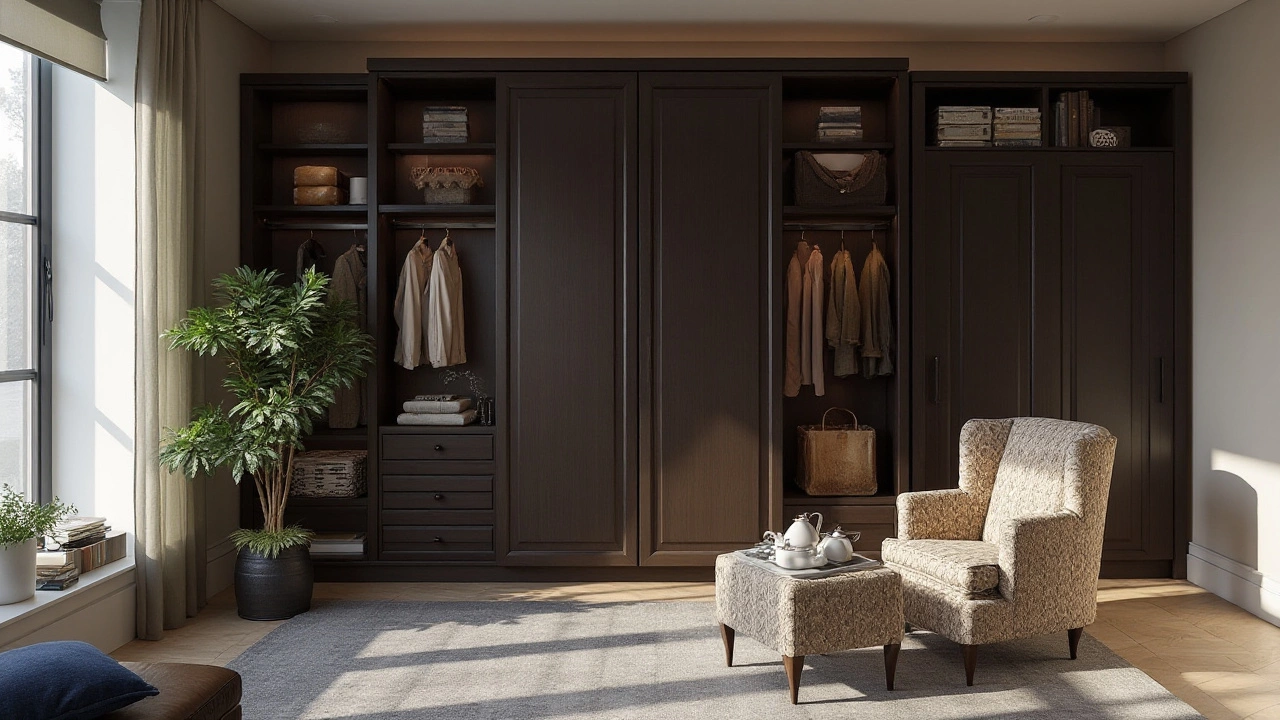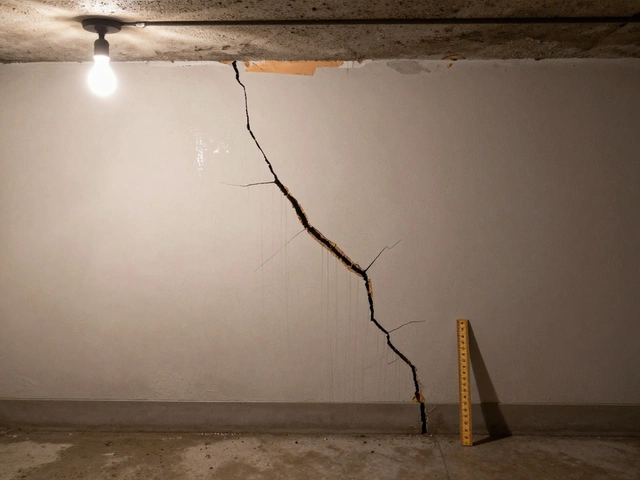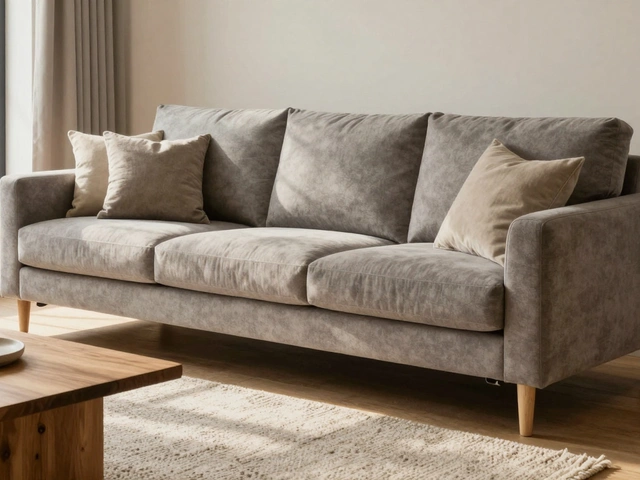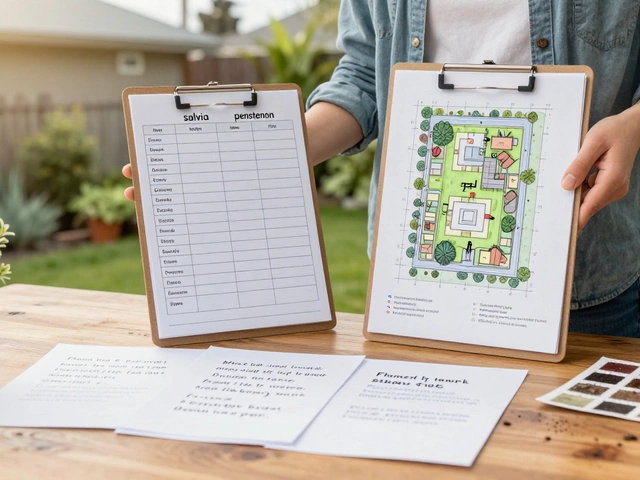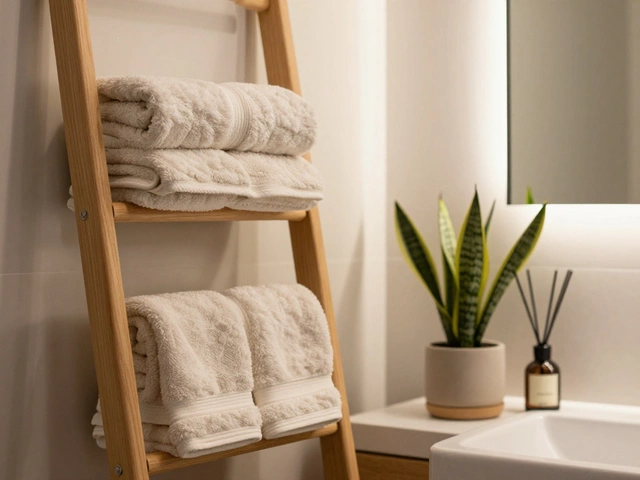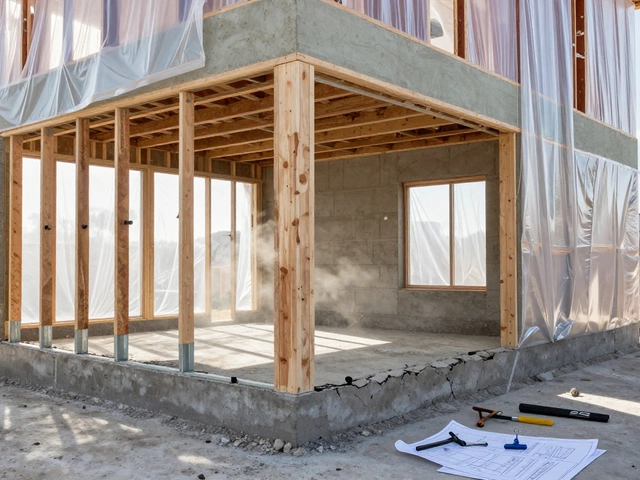Closet Designs: Smart Ideas for Every Home
When working with Closet Designs, the planning and styling of personal storage spaces within a home. Also known as wardrobe design, it shapes how we keep clothes, shoes, and everyday items tidy. Effective closet designs often start with storage solutions, customized shelves, drawers, and hanging systems that fit the available footprint and a clear organization system, a method for grouping similar items and labeling zones to reduce search time. These two building blocks let you turn a cramped corner into a functional showcase. closet designs that blend the right components can boost daily efficiency and even increase home resale value.
Key Elements That Make a Closet Work
A great closet design goes beyond shelves. It often includes a built‑in wardrobe, a permanent frame that integrates doors, lighting, and hardware for a seamless look. This element influences the room’s overall flow because it can double as a backdrop for other furniture. Pairing a built‑in with modular furniture, flexible units like cube storage or adjustable hanging rods that can be re‑configured as needs change adds future‑proofing. When you choose modular pieces, you’re buying adaptability – a crucial factor for growing families or shifting style preferences.
Planning starts with accurate measurements. Walk the space with a tape, note ceiling height, door swing, and any obstructions. Then list what you need to store: seasonal apparel, shoes, accessories, and perhaps a laundry basket. With that inventory, you can map zones – for example, a high‑level shelf for out‑of‑season items, a mid‑level pull‑out drawer for everyday wear, and a lower bin for shoes. The layout should follow the principle that the most‑used items sit at eye level, while rarely used pieces go higher or lower. This hierarchy reduces bending and reaching, making daily routines smoother.
Trends in closet designs today focus on light, visibility, and personalization. LED strip lighting along shelves eliminates dark corners and highlights color coordination. Glass or mirrored doors create an illusion of space, especially in narrow hallways. Sustainable materials like bamboo or reclaimed wood are gaining popularity for their durability and eco‑friendly vibe. Even small accents – decorative pulls, fabric liners, or patterned storage boxes – can turn a functional closet into a design statement. These touches tie back to the broader home aesthetic, whether you favor modern minimalism or classic warmth.
Now that you understand the core concepts – from storage solutions and organization systems to built‑in wardrobes and modular furniture – you’re ready to see how these ideas play out in real projects. Below you’ll find a curated collection of articles that dive deeper into each aspect, offering step‑by‑step tips, budget‑friendly hacks, and inspiration for every room size. Let’s explore the resources that will help you turn any closet into a sleek, efficient, and stylish space.
Uncovering the Drawbacks of Fitted Wardrobes: A Comprehensive Guide
Fitted wardrobes are often seen as a space-saving solution for modern homes, but they come with their own set of challenges. These include limited flexibility, higher costs, and potential issues with home resale value. The article explores these disadvantages, offering insights and tips to consider before opting for built-in storage solutions. From installation complexities to fashion trends, we shine a light on when fitted wardrobes might not be the best choice.
full article